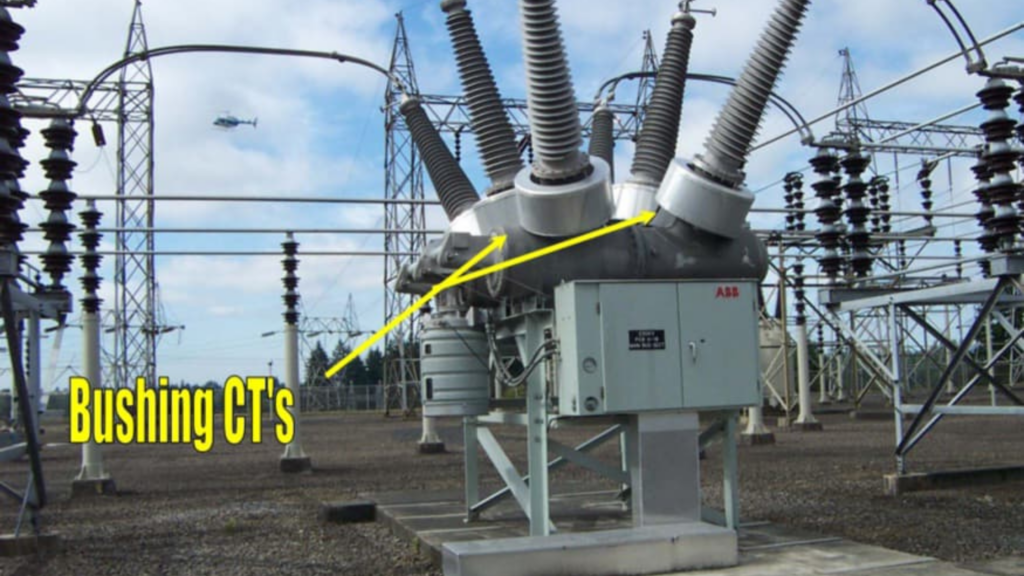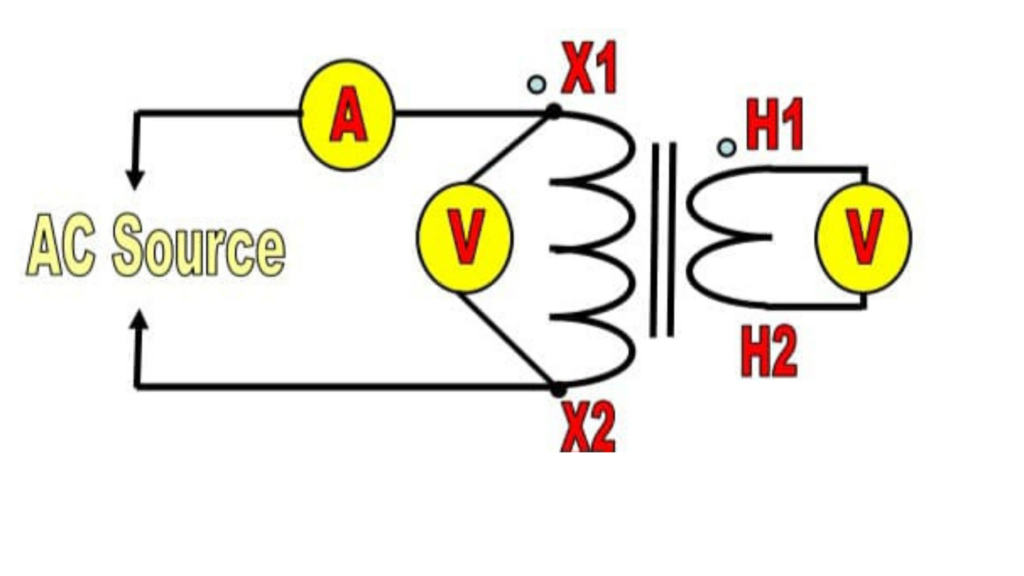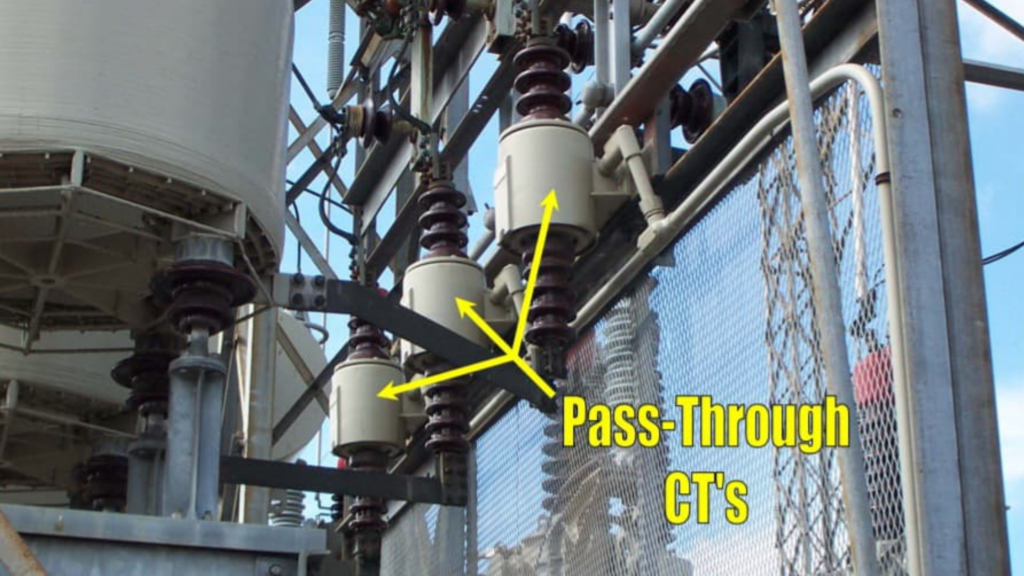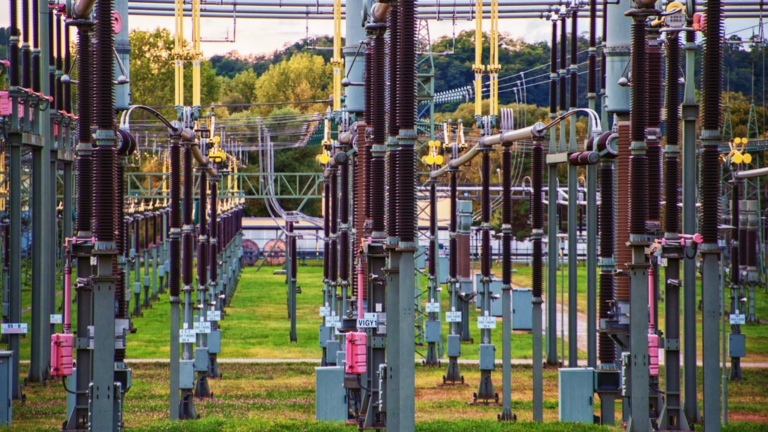what is a current transformer working, types& applications?
Table of Contents
introduction
a current transformer CT is an electrical components in power transformer system used to measure high current levels safely and accurately by steeping down high current to a lower measurable value CT makes it possible to monitor and control electrical system without direct exposure to dangerous voltage levels
in this article we explore how current transformers work their deferent types and various applications in modern electrical system

what is a current transformer?
a current transformer (CT) is types of instrument transformer that used to measure alternating current (AC) in power system it works by producing current accurately proportional to the current in its primary circuit which be safely monitored and recorded by meters and protective relays
how does a current transformer works?

a current transformer operates on the principle of electromagnetic induction they consist of primary winding a magnetic core and secondary winding. the primary winding is connected in series with the power line carrying the high current while the secondary wining delivers a scaled down current to measure instrument
primary current ( IP) high current to be measures
secondary current (IS) reduced current usually 5A 0r 1A
Turns ratio: IP/IS = N₂/N₁
the Ct isolates measuring instrument from high voltages and ensure the safe and accurate operation of electrical system
types of current transformer
current transformer can be categorized based on their configuration and application
1. wound types current transformer
this is ct a primary winding connected directly in series with the conductors it is accurate and used in precision metering
2. bar types current transformer
a straight conductor or bar serves as the primary winding and the transformer is built around it common in busbar system
3. toroidal current transformer
these have no primary winding the conductor passes through the core easy to install and mostly used in residual current devices

Advantages of current transformer
enable accurate current measurement
enhances safety by isolating measurement instrument
cost effective solution for high current monitoring
helps in automating and protecting electrical system
Application of current transformer
current transformer are vital in power system for
metering : measuring current for billing and monitoring
protection : activating relays during overload or fault
isolation : ensuring operates safety by separating high and low voltages circuits
Errors of current transformer
when the transformer core is saturated the flux density of the magnetizing force can halt and additional losses can start to happen
the hysteresis losses , eddy current and a core loss components are parallel in the transformer no lad current
phase angle error : magnetic properties of the core and load on the secondary side
how to choose right current transformer
choosing the rights current transformer involves considered several key factors start by matching the CT primary current rating to your maximum load ( e.g. 300A system = 300: 5 CT ) decide on the secondary current either 5A or 1A depending on the distance and type f metering 5P10 for protection also ensure the burden rating VA matches or exceeds the total connected load ( meters , wringing , ad relays)
additionally pick the appropriate ct type wound bar or toroidal based on installation space and application for long cable runs 1A CT’s are preferred to minimize losses always ensure compliance with IEC /ANSI standards for reliable performance and safety
standard of current transformer
IEC – 615869-1
in the past IEC- 60044-1
IEEE C57.13 ANSI
manufactures of current transformers
ABB
Siemens
general electric
Schneider electric
Mitsubishi
TBEA
and so on
conclusion
current transformer are essential components in modern electrical network they provide an efficient way to monitoring measure and protect high current circuits whether in industrial commercial or utility CT play a crucial of ensuring system reliability and safety in power system and so on
FAQS
1. what is the main purpose of current transformer ?
the main purpose of current transformer is to reduce high current levels to safe measurable value for meters and protective relays without making direct with high voltages line
2. can a current transformer work without a secondary load ?
no a CT should never operate with an open secondary circuit as this can lead to dangerously high voltage that may damage equipment or harm personal
3. what is the difference between current transformer and potential transformer ?
a current transformer steps down current , while potential transformer steps down voltage both are used for a measurable and protection but serves different role
4. how do i choose the right CT for my system?
choose a CT based on factors like current. accuracy class ,burden ( load on the secondary ) and the application metering or protection n and also ensure it marches your system voltage levels and frequency
5. what are the typical current ratio in CTs?
there are common ration include 100: , 200: 5 , 400 : 5 1000:5 meaning the secondary current 5A when the primary carries 100A, 200A, 400A 0r 1000A respectively
.6. what are current transformers installed ?
CTs are most commonly installed in switchgear metering panels , distribution boards or directly around cables and bus bars depending on the type



